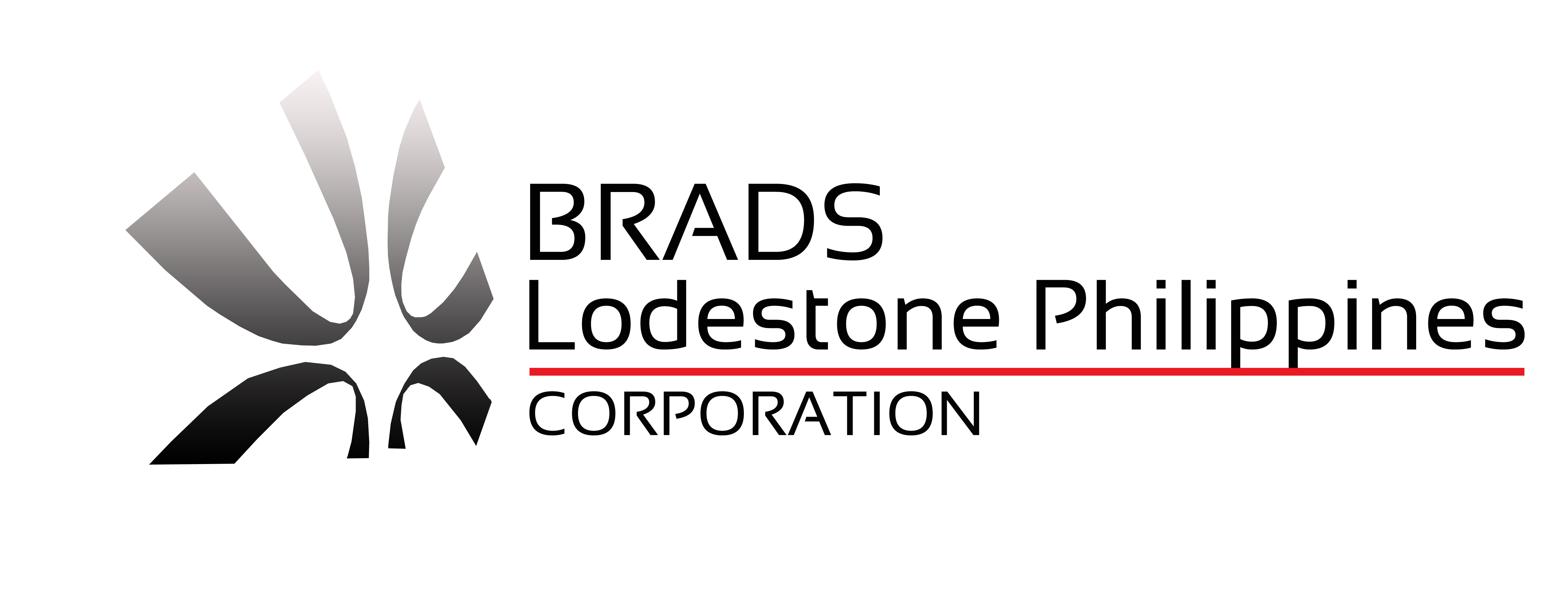Learn Magnets
Neodymium Magnet Information
RARE EARTH
Neodymium magnets, also known as NdFeB or NIB because they are mainly composed of Neodymium (Nd), Iron (Fe) and Boron (B), are a part of the Rare Earth magnet family and considered as the most powerful type of permanent magnets in the world.
GRADES OF NEODYMIUM
You may be wondering what N33, N45, N52, N42SH, etc. means. These are actually the different grades of Neodymium magnets used to identify what material they are consisted of. The higher the number the stronger the magnet is, however the higher the number the more brittle the magnet becomes as well. The letter/s following the grade (for example N42SH or M - H - UH - EH) indicates the temperature rating of the magnet. No letter extension (for example N33) means that temperature rating is only standard.
See table below for more details.
x Table on Progress
COATINGS
Neodymium magnets are prone to oxidation or corrosion when exposed to the elements because of its main components (Neodymium- Nd and Iron- Fe). When exposed to air or water, bare neodymium magnet will rust and demagnetize as rusting progresses. Because of this, neodymium magnets are commonly coated to protect them from the elements and make them stronger or less brittle. Nickel is the most common type of coating but there are other various types of coating available. These are zinc, copper, epoxy, chrome, silver and gold.
MACHINING
Neodymium magnets are naturally brittle and fragile. They are prone to chipping or cracking under stress or impact. They can also be easily demagnetized when exposed to uncontrolled heat from machining or welding. We strongly recommend not to machine magnets and instead, order custom-made sizes if necessary.
DEMAGNETIZATION
Unlike most other types of magnets, Rare Earth magnets have the highest resistance to demagnetization by external magnetic fields. They do not easily lose magnetization by storing them with other magnets or by accidentally dropping them. However, exposing magnets to temperatures above their operating limit (80°C for standard N grades) may reduce their magnetic performance or may completely cause demagnetization if heated above their Curie temperature (310°C for standard N grades). For high temperature applications, we can offer Neodymium magnets with higher temperature ratings or other alternatives such as Samarium-Cobalt (SmCo) or Aluminum-Nickel-Cobalt (AlNiCo).
STRENGTH
Neodymium magnets are the strongest type of magnets available in the market. They are 5x to 10x stronger than the strongest ceramic magnets available. They have strong adhesive force even in small sizes. Because of this, they are increasingly being used not only in industrial applications (metal separators, magnetic lifters, sensors, etc.) but also for simple projects such as arts and crafts, DIY/home improvement, signs and displays, and many more.
